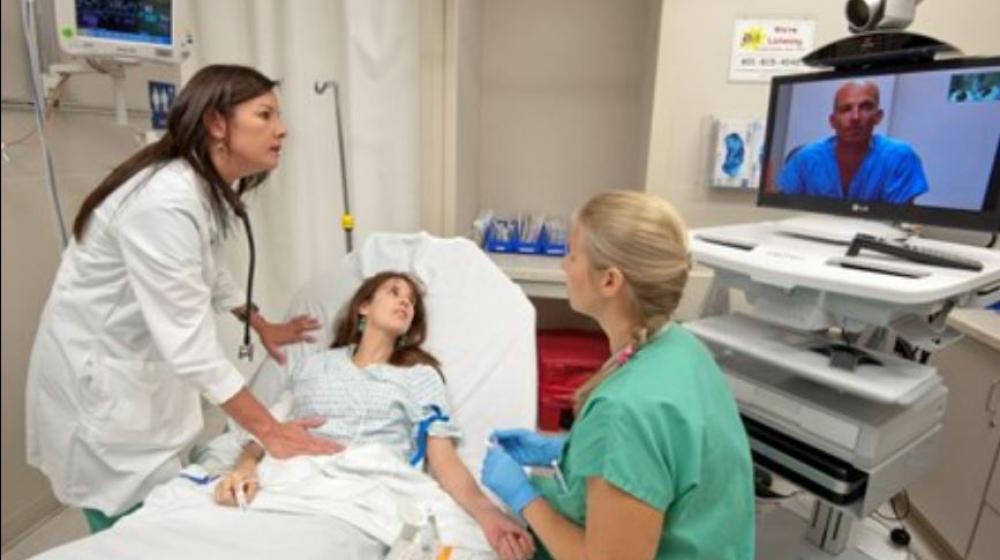
With the exception of major population areas where patients have nearby access to hospitals and clinics, almost all Mississippi residents who live outside of cities and large towns live in counties that are otherwise rural, and lacking any nearby hospitals or clinics. These counties are designated by the Dept. of Health and Human Services as Medically Underserved.
Living or traveling in a Medically Underserved Area becomes even more critical when there is a medical emergency. Paramedics must travel to such distances (often on difficult roads or rough terrain) that by the time they arrive at the scene crucial minutes will have slipped away. To be well informed, paramedics must have state-of-the-art communications and basic digital diagnostic equipment on-board in order to take the patient’s readings and transmit them to the hospital, or access that patient’s medical records.
The University of Mississippi Medical Center has used funds from two DLT awards (2006 and 2012) to equip emergency medical services (EMS) throughout rural Mississippi with needed communications and telemedical equipment. The first grant supplied ambulances with EKG (electrocardiogram) units and laptops for EMS coverage in Choctaw, Scott, Union, Copiah, Neshoba and Pearl River Counties. The grant also allowed the proper training of medical staff in the equipment use. All counties or portions of counties in the grant are designated as Medically Underserved Areas.
The 2012 DLT grant expanded the EMS equipment and capabilities to Calhoun, Claiborne, Hinds, Holmes, Humphreys, Jefferson, Jefferson Davis, Lawrence, Montgomery, Monroe, Noxubee, Perry, Quitman, Sunflower, Walthall, and Yazoo Counties. All counties are designated as Medically Underserved Areas, and all EMS systems are coordinated with the large hospitals in the region through the University of Mississippi Medical Center. As with the 2006 award, the 2012 grant also allowed for training of medical staff in the equipment use.
While the equipment was being installed and tested, protocols were established throughout the entire region to integrate the new EMS mobile equipment into existing emergency departments of major hospitals in the region. The units had to be interoperable with key hospital departments across the Mississippi medical network. Amongst the incidents that the paramedic teams were called to respond to after implementation, one stands out as a superlative example of how the grant-funded telemedicine network made a crucial difference in a life-or-death emergency.
A Perry County Hospital nurse in Richton has a son who, as an active duty soldier and a physically fit forty-year-old man, became short of breath after jogging several years ago. He had just returned from a deployment. His mother brought him directly into the emergency room at Perry County General Hospital. As it turned out, he was having a major heart attack. Once the medical staff got him on the stretcher, the nurse brought up the TelEmergency program on her computer. Meanwhile the nursing staff began placing lines on him for his vital signs, and most importantly EKG unit, (purchased with DLT funds). They brought up his readings on the monitor and the nurse practitioner transmitted them to TelEmergency specialists, miles away at the medical center. The cardiac specialist at the host hospital identified it as a myocardial infarction.
Perry County Hospital initiated a STEMI protocol, an alert system for heart attacks that notifies each medical staff in the chain of events that would be involved in transporting and treating the patient in an emergency. The protocol was established as a result of the new TelEmergency system, enabled by the telemedical equipment which makes the transfer of data possible. The patient was quickly transferred to the cardiac catheterization lab at Forrest General Hospital in Hattiesburg one half hour away. His heart had a 90% blockage, but he was stented at the cardiac facility in time to prevent damage. He recovered well and was able to continue his military career.

